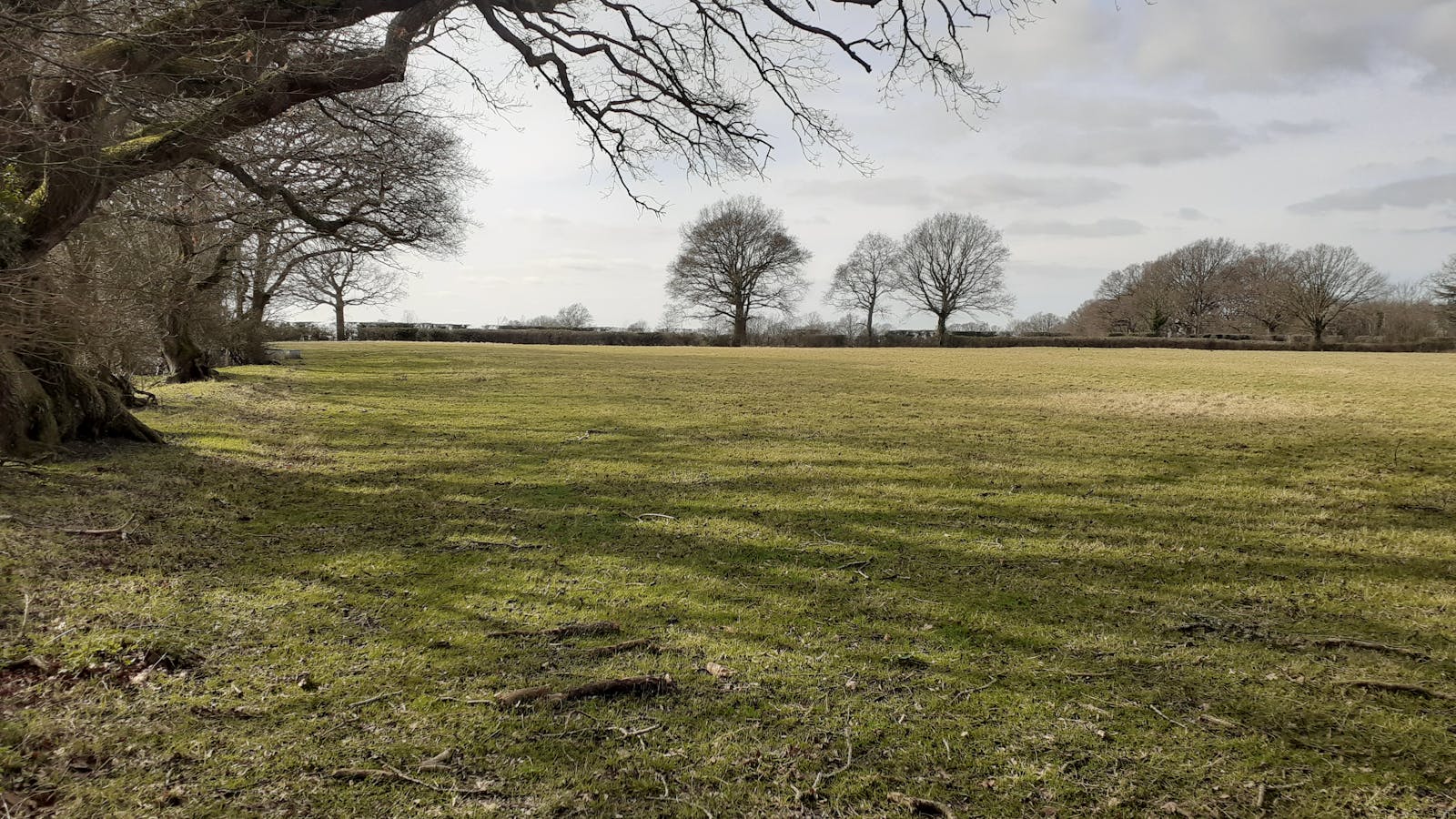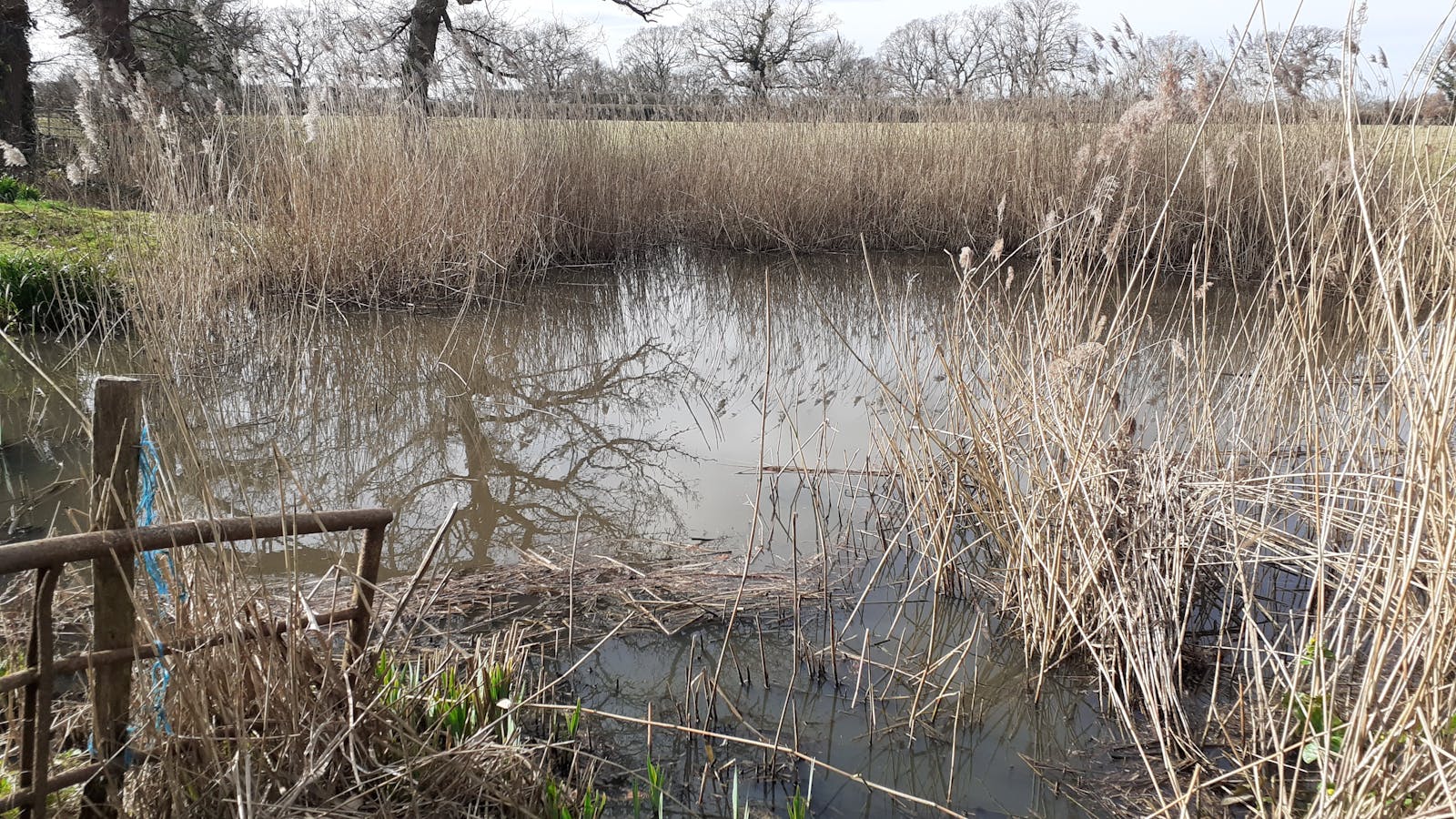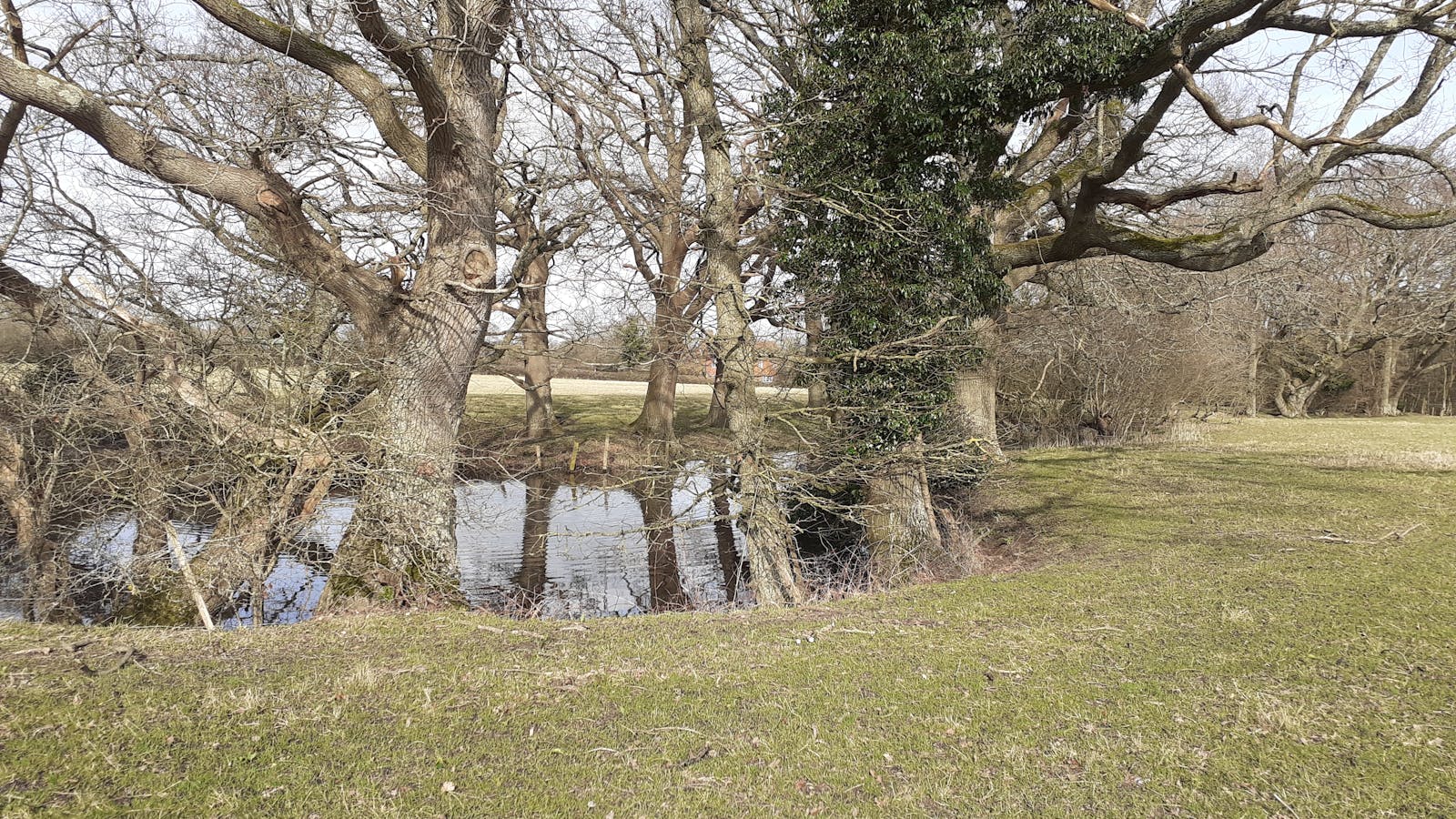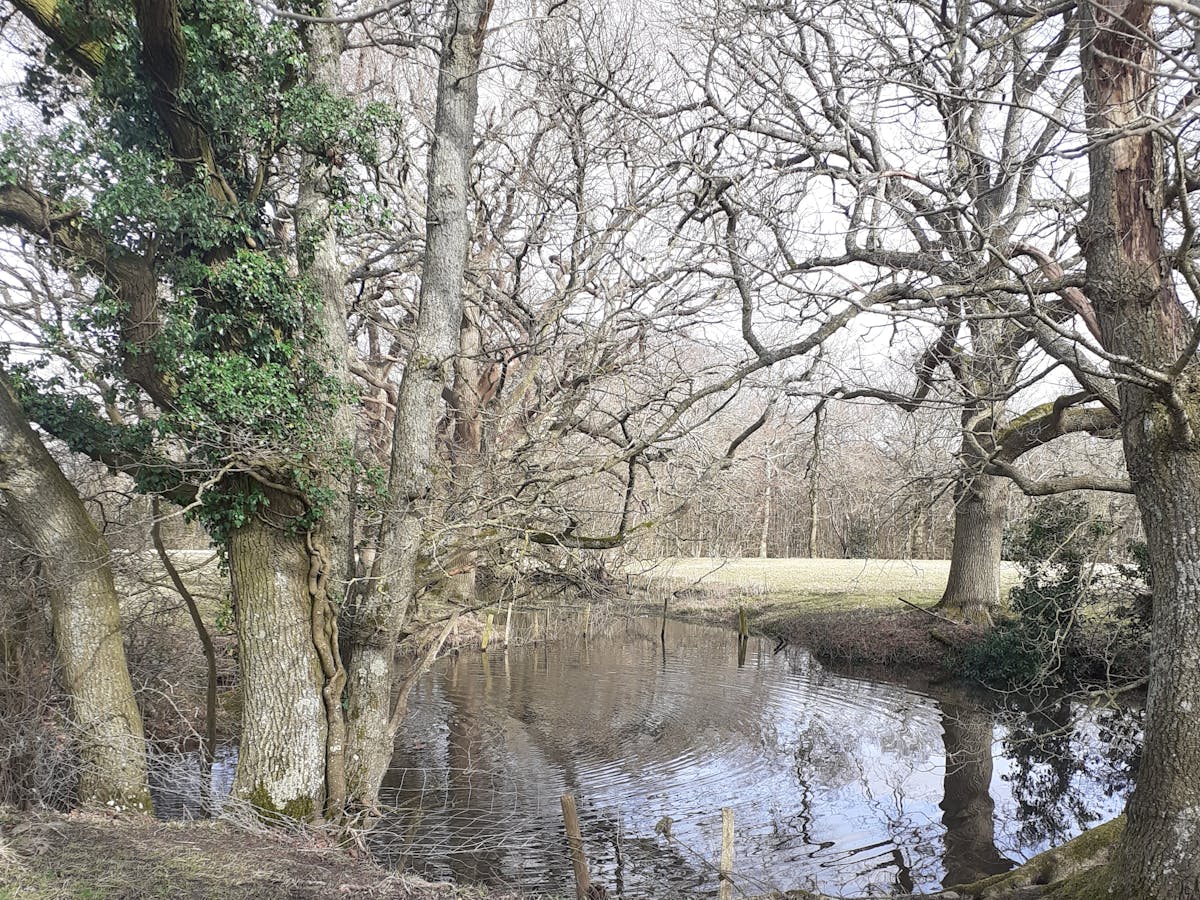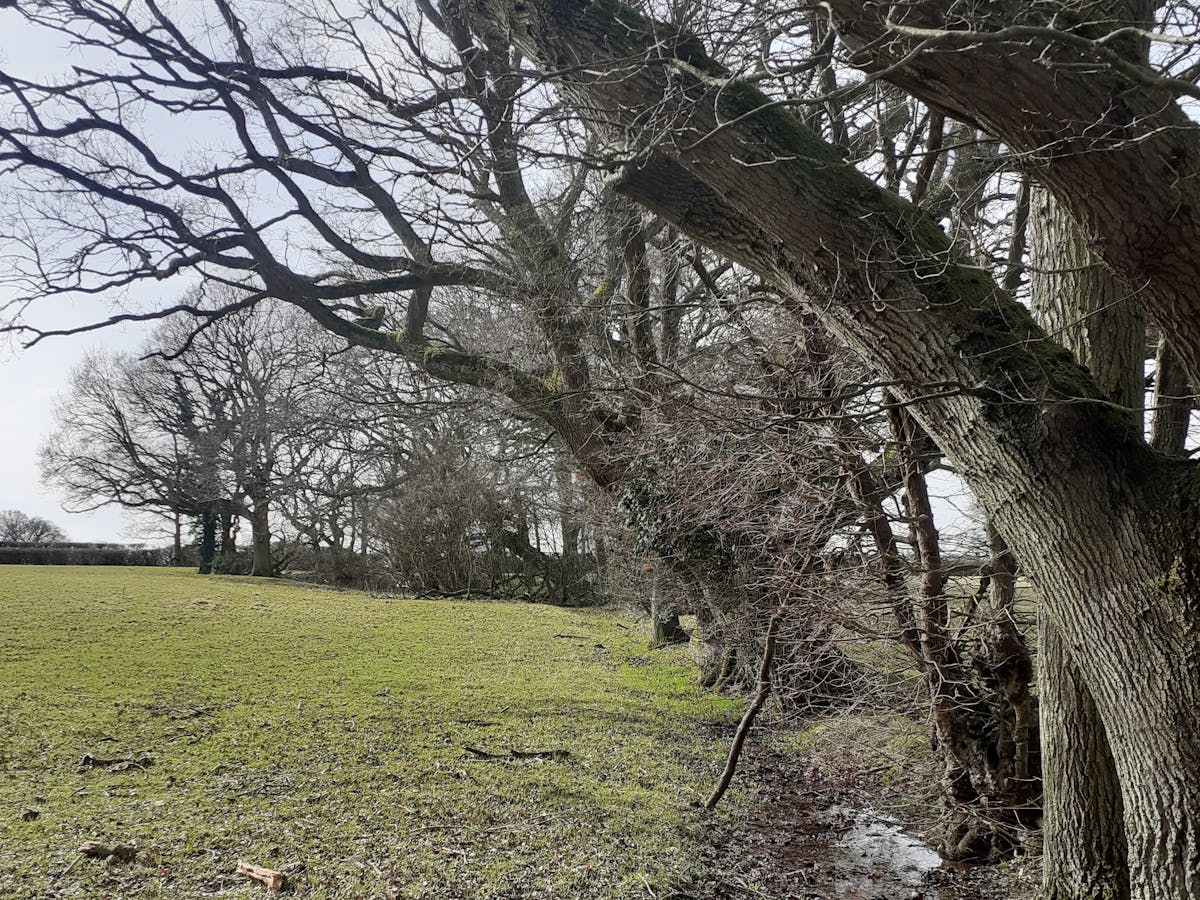
Blackbarn FieldsBNG offset site
Local Planning Authority: Ashford
National Character Area(s): Romney Marshes
Postcode: TN30 7NU
Habitat units available - Surveyed 2023
A total of 22.216 habitat units and 1.916 hedgerow units are available from the following habitat types:
Grassland
Other neutral grassland (Medium Distinctiveness) - 13.123 units
Modified grassland (Low Distinctiveness) - 0.595 units
Heathland and Shrub
Mixed scrub (Medium Distinctiveness) - 7.872 units
Woodland
Other woodland; Broadleaved (Medium Distinctiveness) - 0.627 units
Hedgerow
Native hedgerow - 0.277 units
Species-rich native hedgerow - 1.639 units
Site description
Blackbarn Fields is located just north of the village of Wittersham, around 6 miles south of Tenterden and 8 miles northwest of Rye. It falls within the High Weald National Landscape (Formerly known as Area of Outstanding Natural Beauty), and the wider area is made up of small villages, woodland, arable fields, grassland and the River Rother.
The site has previously been intensively grazed as an agriculturally 'improved' livestock pasture. However, Kent Wildlife Trust plan to restore natural processes to the site to improve its value to wildlife and buffer the adjacent woodland habitat.
Much of the grassland will be restored by reducing grazing pressure and fertiliser use to encourage a diverse wildflower community to develop. An existing line of trees that divides the site will be developed into a strip of woodland that is connected to the neighbouring Comb Wood. In addition, the parts of the field adjacent to Comb Wood and the new woodland will be allowed to scrub over. Scrubby transitions between woodland edge and grasslands are very important habitats for a range of bird species, including nightingale, lesser whitethroat, bullfinch, turtle dove, and willow warblers. These species often rely on the safe cover of dense scrub for nesting, while using open grasslands for foraging or performing courtship displays.
Ponds and scrub on the site will provide habitat for breeding invertebrates, which in turn are a food source for birds and bat species.
All habitat works on this site will be undertaken via natural regeneration wherever possible, though planting with native species may be used to supplement this if necessary.
Fill out a form at the bottom of this page or email your development's BNG metric to bngenquiries@adonisblue.org.uk for a free BNG consultation.
These units are valid for a maximum of two years, provided site conditions do not significantly change. If more than two years have lapsed between the site survey and habitat works being undertaken, an updated survey will be necessary to ensure recommendations remain valid.

Habitat Transitions
Current habitats

Proposed habitats

Site Photos
